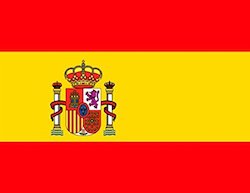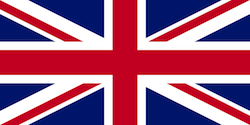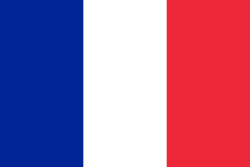Best Practice to improve the SEO of your images on your website
Anouk Jodry, 2019/03/26
Optimizing images for search engines : how to improve the positioning of your blog, website or e-commerce thanks to your images

Search engines define the positioning of websites taking into account many criteria. One of them is the way we use images on a web page and also their coherence within the context of the site.
So, how to improve these images in order to reference them well? You do not have to be a genius to do it, but you need to know some little tips, and above all, acquire good habits from the beginning.
Optimization of formats, dimensions and file weight
To obtain an acceptable site loading speed, and thus please your readers with good user experience, it is essential to think about 3 elements: Format, dimensions and volume.
- The image formats used on the internet, in general, are usually jpeg, png and gif. The jpeg format is used for images with very vivid and vibrant colours, with a high-quality resolution, because it allows obtaining light files. PNGs are more commonly used for illustrations that have text, images and transparency, which is usually useful in most cases for logos. Gifs are finally used for animations and short videos.
- The dimensions of the images have to be adapted to the content. What does it mean? An image, that is for example in the cover photo, has special dimensions so that it looks good, not pixelated, stretched or cut. Each image must have dimensions adapted to its context. The ideal is for an article for example to memorize the format that is needed, and to retouch the desired image so that it is completely personalized to the site.
- Finally, it is also necessary to reduce the file weight as much as possible. The images used are usually of very high quality, therefore they have a very high weight. So before putting them on your site, loading the pages with unnecessary weight, you can use compressors online. I recommend for example www.compressjpeg.com, but there are many more who do the job. Everyone will have their preferences, I'll give you a couple more links: www.imagecompressor.com, https://compresspng.com/en/
 Once you took or choose the picture, optimize it before uploading it directly to your web
Once you took or choose the picture, optimize it before uploading it directly to your web
Optimize an image in context
We have already finished the “practical” theme that consists of paying attention to the elements of the image before uploading it to your platform. Now it is necessary to look more closely at the organization of the images in their context. Context is extremely important for search engine robots that read your website.
What do we call context? It is the frame of the image, everything that is around and that helps to understand it better: The name of the image: must contain the keywords of the image, separated by dashes. For example cactus-gardening-plants.jpeg. The dashes are important to separate each word from the name of the image because the robots of Google use them to make a good reading of the title of the image.
- The title of the page on which the image is included must be linked in some way to the keywords in the image. Google measures the consistency of the pages. For example, if the title h1 of an article in your blog refers to the referencing of images, it is logical that one of the images on this page is called, for example, format-optimized-images-SEO.png because it is a subject related to optimization SEO images.
- Place a title above the image, which also allows you to place the image in a specific context. In general, the title attached to the image will not be a h1, but we can assign a title tag h2, h3, h4, etc ... and always with content related to the theme of the image.
- The legend of the image, which allows explaining again with words the content of the image. It can be daunting, but if you want to do things right, it's a step to follow.
- The ALT label of the image, which is undoubtedly the most important. It is used to improve the accessibility of websites for people with disabilities or for people with a slow connection. The image will be read through the alt tag. It is also information that robots read to identify the content of the image (although we made advances in computer vision, for now, it is the words that describe the images that are taken into account, and not the images themselves)
 Choose well your pictures, and make consistent the image in context
Choose well your pictures, and make consistent the image in context
You already know all about how to properly reference the images on your website. Do you need a hand with that? You can contact us here: [email protected]







Comentarios
Dejanos tu comentario